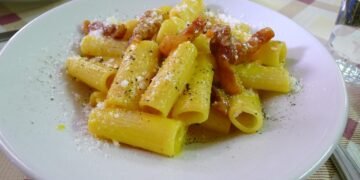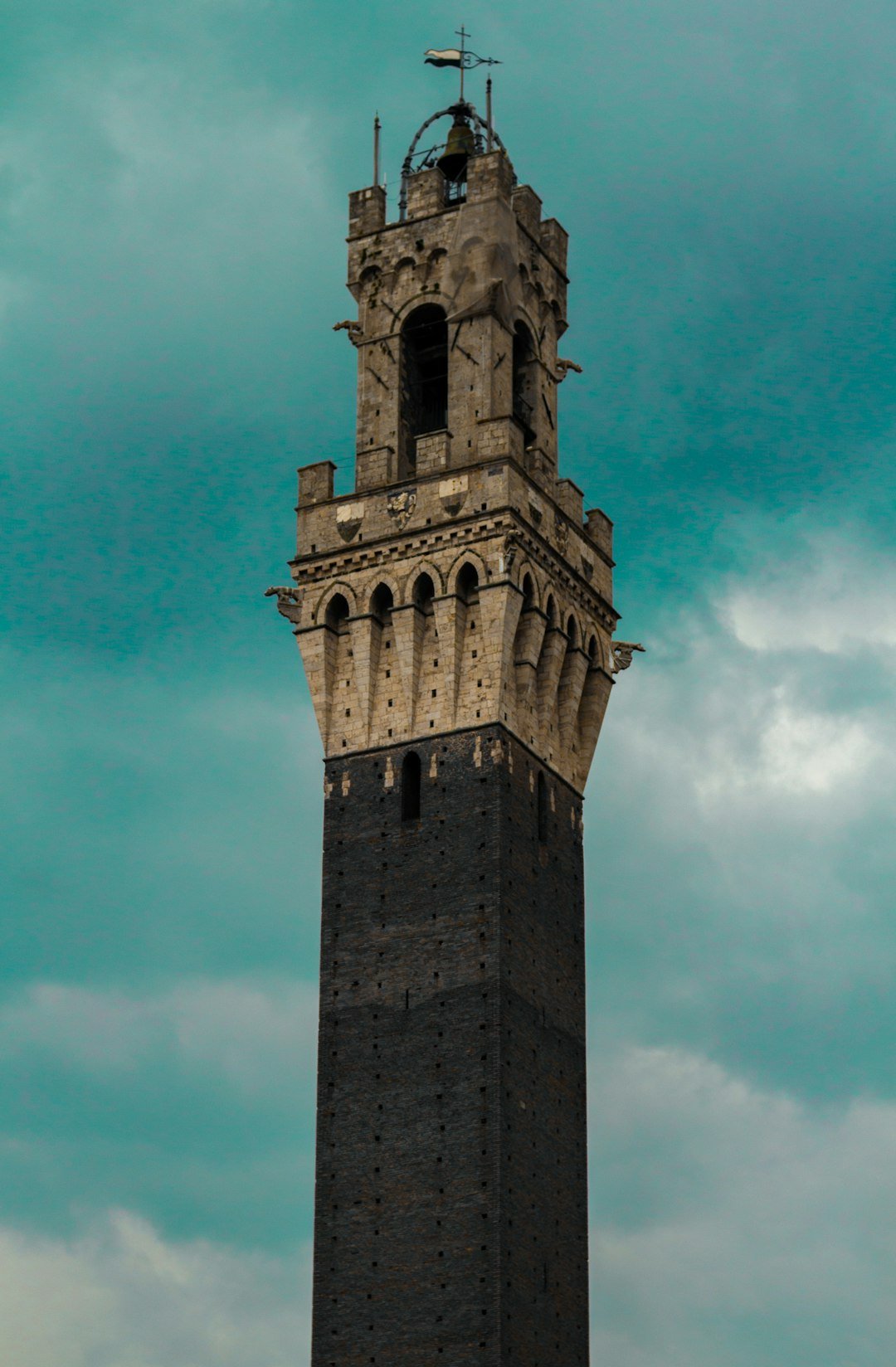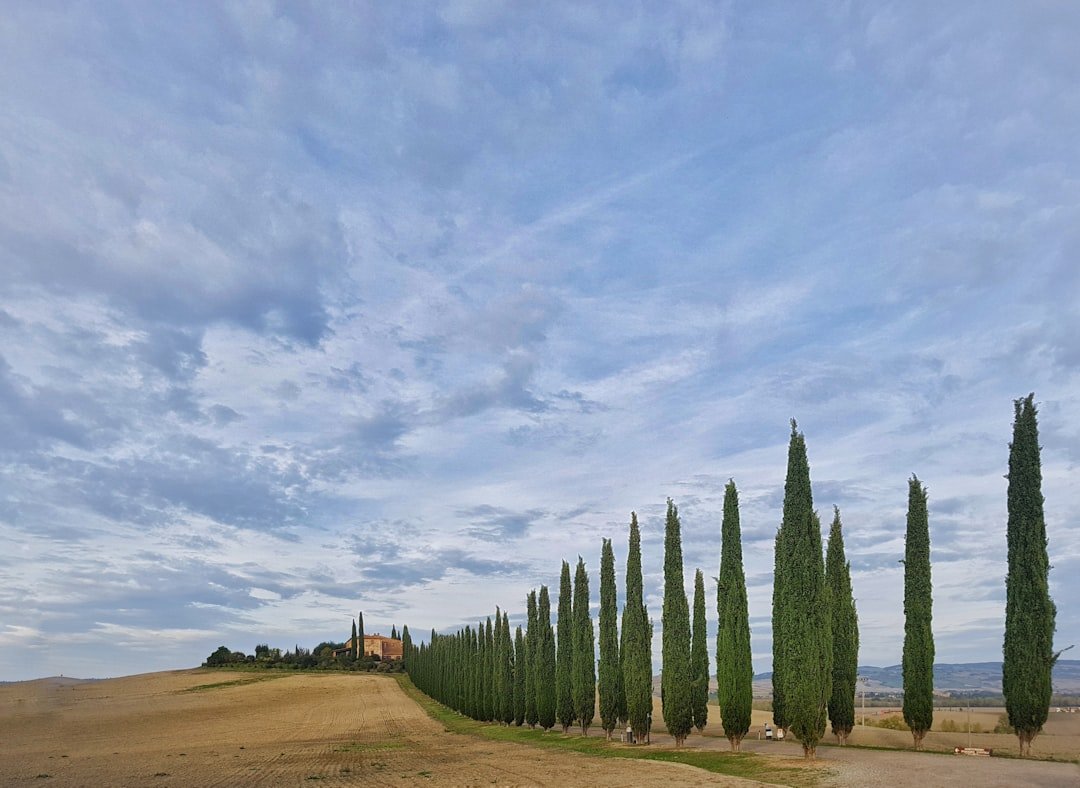Discover the 4 National Museums of Rome
Imbued with history, culture, and art, the majestic city of Rome is home to some of the most esteemed museums in the world. As you wander through the ancient streets, the past comes alive at every turn. Overwhelming, isn’t it? Let’s narrow down on four standout museums – known as the National Museums of Rome, each one renowned for their exceptional collections of art and artefacts. And to make your journey easier, we have included tables with details for each.
An Overview of the 4 National Museums of Rome
The National Museums of Rome comprises of four principal museums, each individually preserving unique aspects of human history. These are: the National Roman Museum, the National Etruscan Museum, the National Museum of Oriental Art, and the National Gallery of Modern and Contemporary Art. At first sight, the rich and diversified collections may border on overwhelming, yet they provide an unparalleled opportunity to delve into thousands of years of history and enjoy a transformational cultural experience.
National Roman Museum
Overview
First in line is the National Roman Museum. This historical museum, founded in 1889, is dedicated to illustrating the life and customs of Ancient Rome through a wealth of archaeological artefacts.
Highlights
Visitors can observe a range of exhibits from mosaics and frescoes, to sculptures and ancient ornamental works. Some famous masterpieces here include the Greek original of the Discus Thrower and the Boxer at Rest.
| Location | Opening Hours | Entry Price |
|---|---|---|
| Via delle Term di Diocleziano, Rome | Tuesday to Sunday, 9 am to 7:45 pm | EUR 7 |
National Etruscan Museum
Overview
Next, we move to the National Etruscan Museum. Situated in the Villa Giulia, this museum offers an incredible collection of Etruscan art and artefacts, providing visitors with the opportunity to learn more about the ancient Etruscan civilization that flourished in Italy before the dawn of the Roman Republic.
Highlights
Some of the notable exhibits include the Tomb of the Reliefs, a 4th century BC fresco, and the Pyrgi Tablets, three golden leaves bearing the earliest record of the Etruscan language.
| Location | Opening Hours | Entry Price |
|---|---|---|
| Piazzale di Villa Giulia, Rome | Tuesday to Sunday, 8:30 am to 7:30 pm | EUR 8 |
National Museum of Oriental Art
Overview
The National Museum of Oriental Art brings a part of the East to Rome. This museum houses an impressive collection of Asian art, artefacts, and antiquities with a focus on Buddhist cultures.
Highlights
The collection ranges from artefacts from the Near and Middle East to those from the Indian subcontinent, Central Asia, China, Japan, and Southeast Asia. The Japanese and Chinese ceramics, Tibetan thangka paintings, and the Gandhara Art are quite popular amongst visitors.
| Location | Opening Hours | Entry Price |
|---|---|---|
| Via Merulana, Rome | Tuesday to Sunday, 8:30 am to 7:30 pm | EUR 4 |
National Gallery of Modern and Contemporary Art
Overview
Lastly, we have the National Gallery of Modern and Contemporary Art, the pride of Rome in modern arts. Ensconced in a 19th-century palazzo, the museum displays an exceptional collection of Italian and foreign artists from the late 18th to the 20th century.
Highlights
Embracing works of infamous artists such as Van Gogh, Monet, Rodin and various Italian masters such as Modigliani and Balla, this modern treasure trove is a magnet for art lovers.
| Location | Opening Hours | Entry Price |
|---|---|---|
| Viale delle Belle Arti, Rome | Tuesday to Sunday, 8:30 am to 7:30 pm | EUR 10 |
Conclusion
By visiting these four National Museums of Rome, you get a glimpse into not just Rome’s illustrious history, but stories from Asia, the Etruscan civilization and the modern art scene. So, as Rome whispers tales of the past through these museums, make sure to listen closely.
The National Roman Museum
The National Roman Museum is a collection that currently operates out of four different sites across the city: the Palazzo Massimo all Terme, the Palazzo Altemps, the Crypta Balbi, and the Baths of Diocletian. Despite these separate locations, the National Roman Museum is considered a single entity. Each site has its own unique collection, ensuring visitors receive an extensive overview of ancient Rome’s history and culture.
Palazzo Massimo all Terme
The Palazzo Massimo all Terme is one of the four sites that make up the National Roman Museum. Known for its outstanding collection of classical art, it’s home to many significant artefacts. Here, visitors can view stunning frescoes, mosaics, sculptures, coins, and jewellery, which span from the late Republican period to the Late Antiquity.
Palazzo Altemps
Palazzo Altemps, another integral part of the National Roman Museum, is famous for its unique exhibitions of Greek and Roman sculptures. The museum also houses artefacts collected by various important Roman families, providing a window into both ancient and Renaissance Roman history.
Crypta Balbi
The Crypta Balbi, an archaeological site, offers insight into the transformation of Rome from ancient times to the modern era. The brick structure this site was named for can still be seen in the museum’s archaeological garden.
The National Gallery of Modern Art
The National Gallery of Modern Art is another of the four national museums in Rome. It’s a haven for lovers of modern and contemporary art, hosting 19th and 20th-century Italian artworks. With over 5,000 paintings and sculptures in its collection, the National Gallery of Modern Art provides a comprehensive overview of Italian modern art.
| Museum | Highlights |
|---|---|
| Palazzo Massimo all Terme | Frescoes, mosaics, sculptures, and a numismatic collection. |
| Palazzo Altemps | Greek and Roman sculptures. |
| Crypta Balbi | Archaeological site showing Rome’s transformation over centuries. |
| National Gallery of Modern Art | 19th and 20th-century Italian artworks. |
The National Etruscan Museum
The third national museum of Rome, the National Etruscan Museum, is housed in the stunning Villa Giulia. This Renaissance palace is home to the most comprehensive collection of Etruscan art and artefacts in the world. The museum features a range of items, including jewellery, bronzes, ceramics, and even a bridal chamber from an Etruscan tomb.
The National Museum of Oriental Art
Lastly, the National Museum of Oriental Art offers visitors an extensive collection of Oriental art, including works from China, Japan, India, and Southeast Asia. This museum provides a unique contrast to the other national museums of Rome, showcasing different cultures and civilizations from across the world.
In conclusion, these four national museums of Rome offer visitors a journey through art and culture, from ancient Rome and Etruscan civilization to contemporary Italian art and Oriental masterpieces. These museums are a must-visit for any traveller to the Eternal City.
| Museum | Location |
|---|---|
| National Roman Museum | Various Locations |
| National Gallery of Modern Art | Viale delle Belle Arti |
| National Etruscan Museum | Piazzale di Villa Giulia |
| National Museum of Oriental Art | Via Merulana |






































